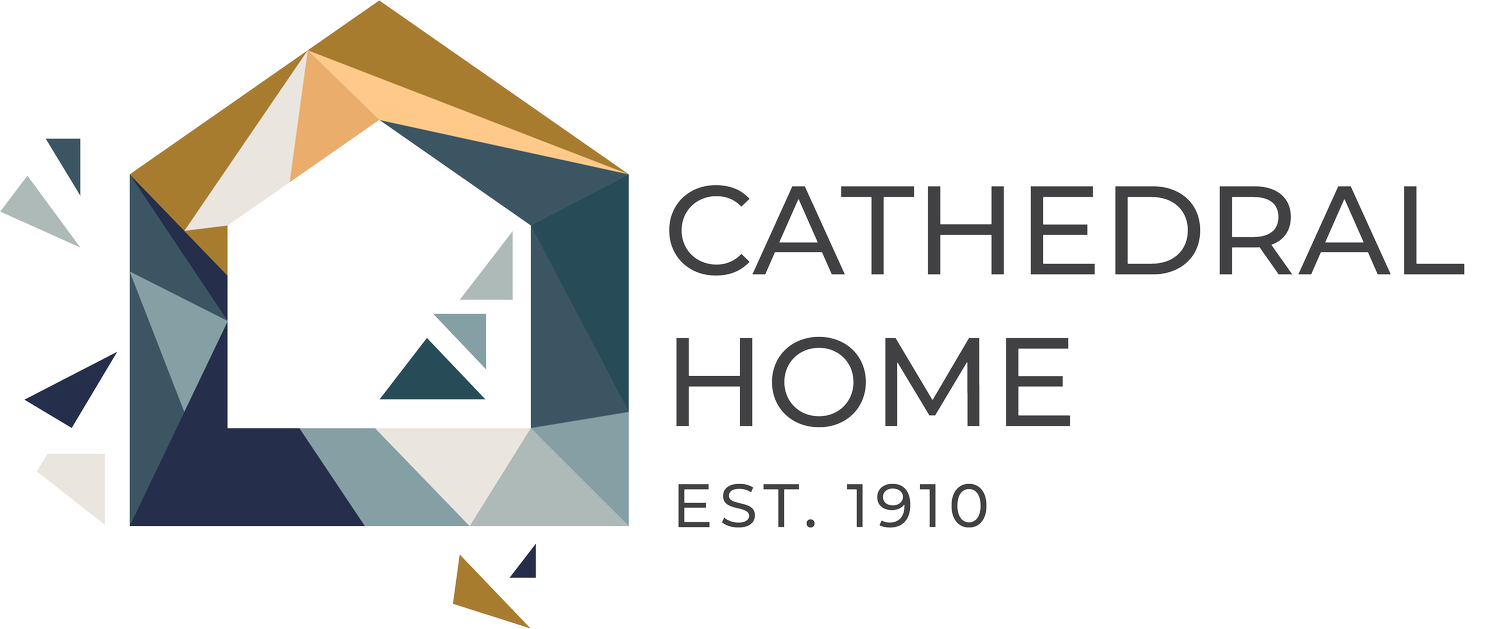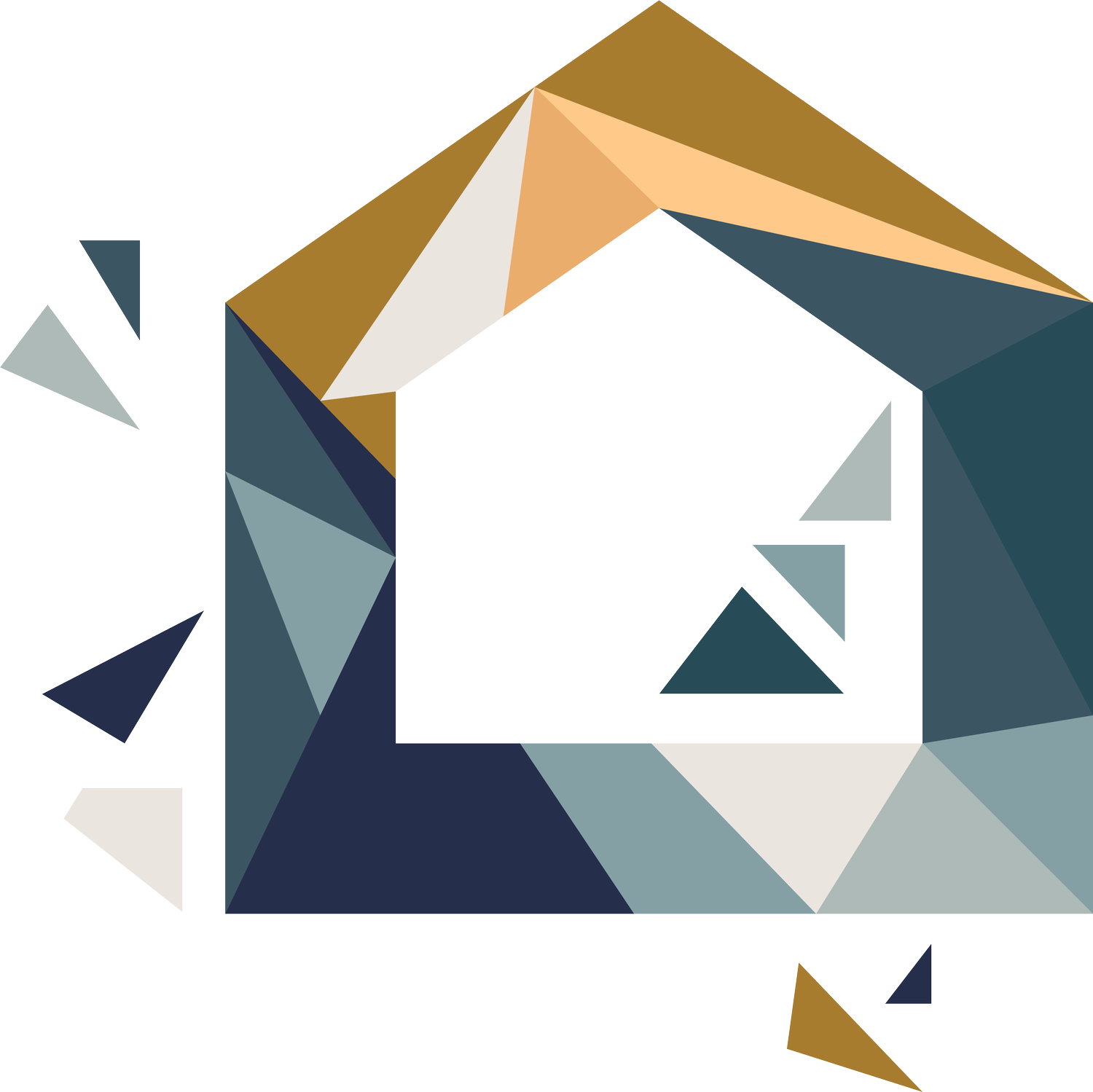
Welcome to our blog, Cathedral Corner!
Here, we highlight issues that matter most to us—youth & family mental health, prevention, education, and advocacy—while offering a closer look at the programs and partnerships that drive our mission forward.
Cathedral Corner
It Takes a Village: How Community Connection Supports Mental Health
Community is vital for youth mental health. Learn how Cathedral Home empowers kids in Wyoming to get involved, give back, and feel connected.
Here in Wyoming, a culture of self-reliance and rugged individualism runs deep. Many individuals and families take pride in being able to “pull themselves up by their bootstraps” and handle things on their own — but sometimes, that same sense of self-reliance can make it hard to reach out for help and support. No one wants to feel like they’re seen as weak or a burden.
But the truth is, no matter how independent we are, humans are wired for connection. Community is an essential piece of our overall physical and mental well-being, especially for youth. In this post, we’ll explore why a sense of community is vital for our mental health and share five simple ways to feel more connected to your community during the upcoming holiday season (and all year long).
What is Community?
So what do we mean when we say “community”?
Many people immediately think of the town or area they live in — and that’s one important version of community. But community can also mean something deeper: “a feeling of fellowship with others, built on shared attitudes, interests, or goals.”
Your community isn’t only defined by geography. It can be the people you show up for, the people who get you, or the people you share a passion with. For some, community is found through sports, clubs, or hobbies. For others, it’s connected to shared experiences, identities, or challenges.
To put it simply, your community is any circle of people who help you feel understood, supported, and connected.
Why Community Connection Supports Mental Health
Humans are social creatures by nature, according to the Centers for Disease Control (CDC). Research shows that when people are lonely or geographically and socially isolated, they’re at a much higher risk of depression, anxiety, self-harm, and suicide. Loneliness can even significantly increase the risk of physical health issues like type 2 diabetes, heart disease, and stroke.
Social connection and a sense of belonging are powerful protective factors against mental and physical health challenges. Having people to lean on during tough moments, or to share joys and successes with, helps lower stress, boosts self-esteem, and pulls us out of the echo chamber of our own thoughts.
Michele Caputo, Clinical Services Manager at Cathedral Home and a licensed professional counselor, said this kind of connection is especially critical for kids and adolescents, who are navigating constant change and development. Because of physical and hormonal shifts, along with academic and social pressures, young people often experience emotions more intensely — higher highs and lower lows. That’s why hobbies, interests, and quality relationships with caring adults are essential for helping them build connections, she said.
“Creating connection can be simple and easy, too. It doesn’t have to be something that’s necessarily driven from a long-standing close relationship,” Caputo said. “It can be as simple as a teacher or coach writing a little note recognizing their student or athlete’s strengths, or checking in with a neighbor or co-worker for a 5-minute conversation.”
Cathedral Home’s Approach to Community for Youth
Youth who have a strong sense of community – whether at school, in their neighborhood, or through an activity or hobby – experience greater stability and support. When kids are actively engaged in a community, they develop stronger social-emotional skills, have access to more resources and skill-building opportunities, and are generally happier, healthier, safer, and more resilient.
At Cathedral Home, our staff knows that community plays a vital role in helping kids and families build purpose, pride, and motivation. We encourage youth to explore their interests, try new things, and find ways to get involved in their neighborhoods that feel meaningful to them.
Andrew Spicer, CHC’s Recreation Coordinator, helps kids build community by giving them real opportunities to get involved and give back. This past year, youth volunteered regularly across Laramie — delivering meals to seniors, helping at community events, and spending Saturdays supporting the Clothing Cottage. Youth also practiced essential job skills through off-campus interviews, work experiences, and community projects, while staying active through Laramie Recreation Center visits and local sporting events.
Through it all, our staff coach kids on communication, responsibility, and showing up for others.
5 Simple Ways to Build Community and Boost Mental Health
In the U.S., many people are feeling lonelier and more disconnected from a community than ever, especially young people. But there are a number of accessible, simple ways to begin to feel more in tune with others.
If you’re looking to help yourself or your family feel more connected, try starting with these five strategies:
Volunteer your time – Research shows that helping others reduces stress and improves our mood. Try searching the internet or social media for local nonprofits in your area that rely on volunteers.
Join local events, teams, or groups – Check out your local farmers’ market, join a recreational sports league (many are free or low-cost!), or talk to staff at your child’s school about opportunities for both of you to get involved.
Support youth programs – Whether through donations, mentorship, or advocacy, supporting programs that lift up youth is a great way to help build better communities
Reach out to someone new – Step out of your comfort zone and introduce yourself to someone you’ve never talked to before. Or, make an effort to reach out and reconnect with an old friend.
Be present – Connection starts small. Remember to prioritize your relationships, put down your phone, look people in the eye, and listen to understand.
Community is something that takes all of us to actively build together. Whether it’s a simple conversation, a shared activity, or a chance to give back, these everyday moments help both kids and adults feel more grounded.
When young people in particular experience that sense of belonging, it strengthens their mental health in ways that serve them far beyond the moment. As we move through the holiday season and into a new year, we hope these ideas inspire you to reach out, stay connected, and be part of the village that helps all youth thrive.



